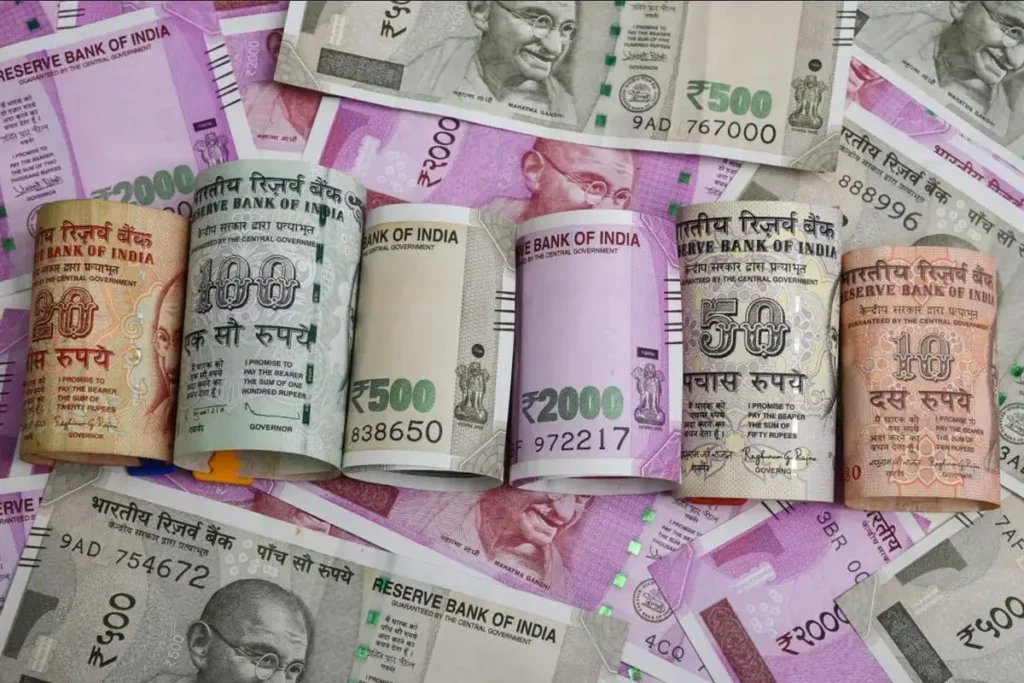What is the full form of INR?
The INR full form is Indian Rupee. The Indian Rupee is the country’s official currency. It is authorized and governed by RBI (Reserve Bank of India). The Rupee is equivalent to one hundred paise, or.
1 Rupee = 100 paise
Read Other Full Forms
The Reserve Bank of India handles India’s currency in accordance with the Reserve Bank of India Act of 1934. Since 2010, INR is referred to as “₹” rather than Rs. Udaya Kumar programmed it. The lowest denomination used in the country is the one rupee coin, which was devalued in 2019.
The Reserve Bank of India produces rupee coins in various metals for denominations such as 50 paise, 1 rupee, 2 rupees, 5 rupees, and 10 rupees. The majority of these coins depict King Ashoka. The Reserve Bank of India printed banknotes in denominations of one, two, five, ten, twenty, fifty, two hundred, five hundred, and two thousand. Except for the one rupee note, each of these denominations features Mahatma Gandhi’s picture on the reverse end. A rupee coin is depicted on the one rupee note.
Various types of INR
The numerous INR coin and note varieties are listed below.
Coins
- One Rupee
- Two Rupee
- Five Rupee
- Ten Rupee
Notes
- One Rupee
- Two Rupee
- Five Rupee
- Ten Rupee
- Twenty Rupee
- Fifty Rupee
- One Hundred Rupee Note
- Two Hundred Rupee Note
- Five Hundred Rupee Note
- Two Thousand Rupee Note

Security concerns with INR
As there is always a potential for duplication of Indian Rupee notes, the incorporation of security measures in Indian rupees is vital to the maintenance of lawful transactions in the Indian economy. The duplicate notes may be the primary reason for the economy’s deterioration.
The following points are included in order to avoid duplication:
- Using Identification Tags
- Usage of watermark
- Usage of fluorescence and optically variable ink.

